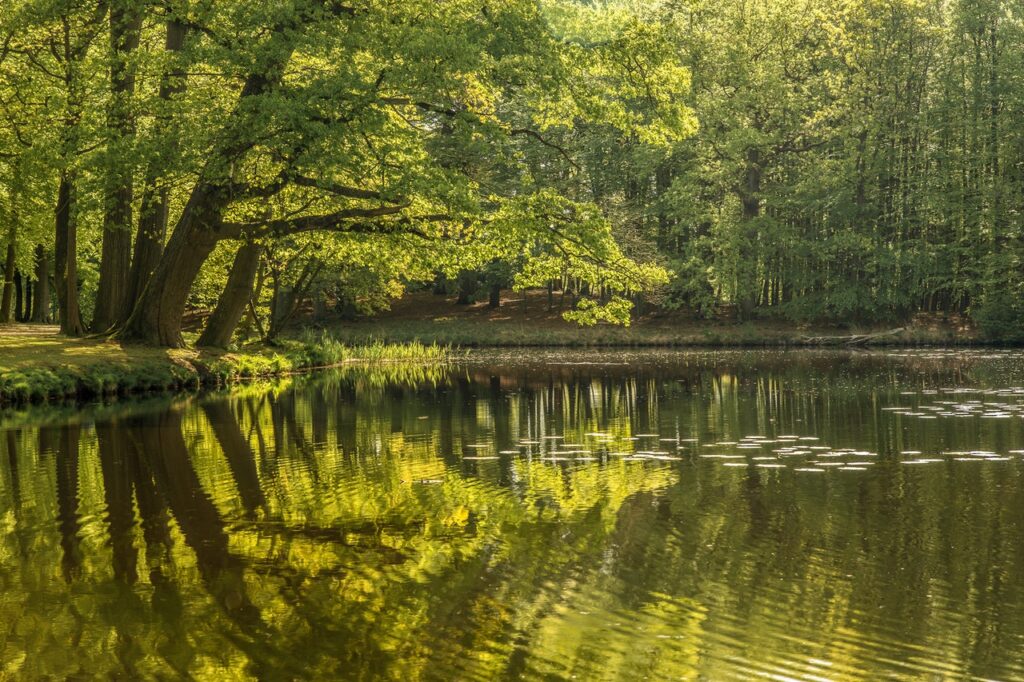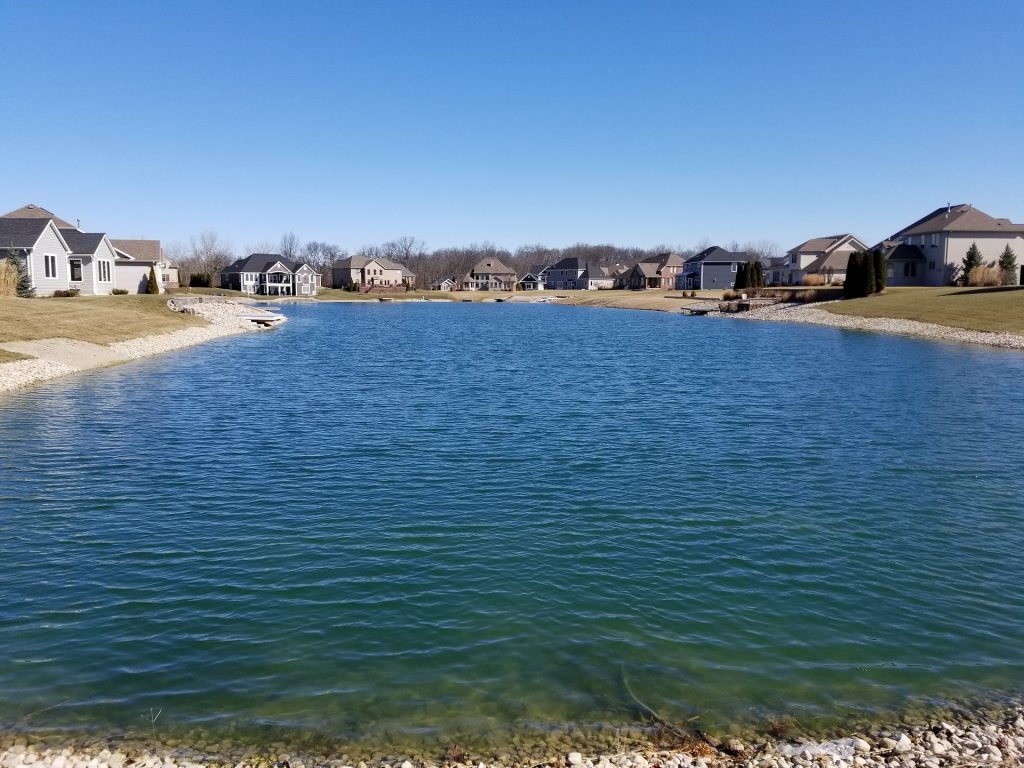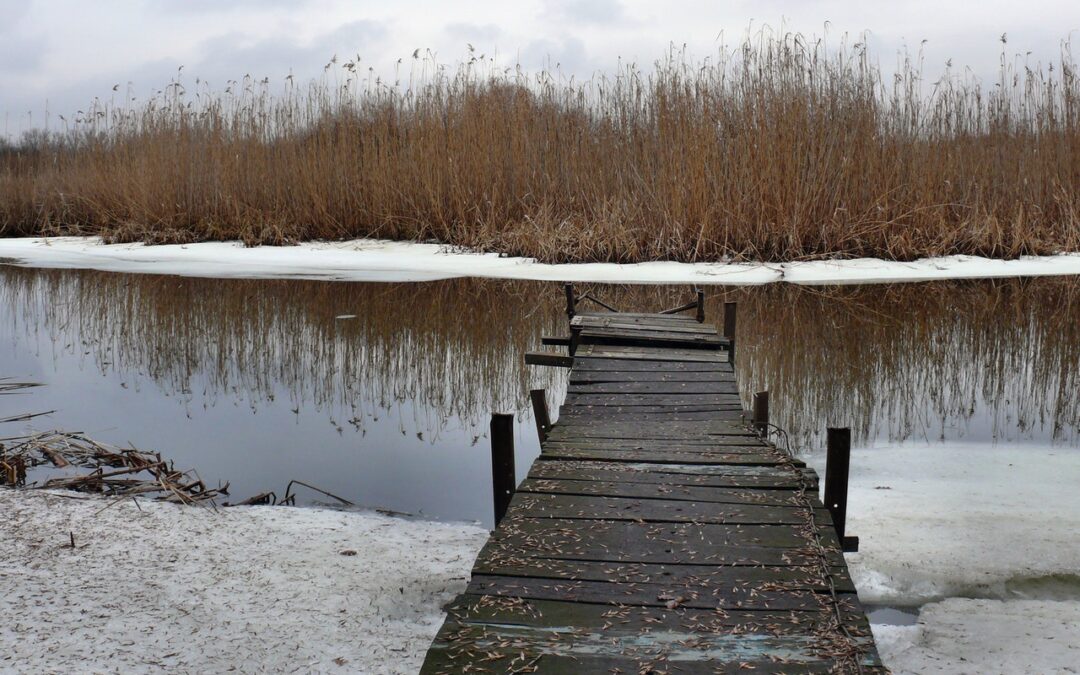Winter Maintenance for Ponds
You’ve been enjoying your pond throughout the sunny, warm months, but what should you do when winter comes calling?
Caring for a pond is a year-round commitment. The good news is that with some simple preparation, your pond’s health is easy to preserve during winter.
Here are some ways you can prepare your pond for the coming cold.
1) Safely Stow Your Pond Equipment
One of the first things to determine is when to shut down pond equipment, such as the pump, filter, and UV clarifier. If local winter temperatures are relatively moderate, keeping the pumps operating will keep the pond surface from freezing. In areas with more frigid temperatures, you’ll want to shut down your pond equipment.
If you continue to run the pump, you mix colder surface water with the warmer, more stable temperatures in the pond bottom, where your fish will hibernate. Also, if your water pumps to waterfalls and streams where ice may form, you’re taking water away from the pond.
After removing your pond equipment for the winter, store them safely indoors and away from the elements. Your kit will last longer, and you won’t scram for replacements come spring. Check manufacturer details for the best way to store your equipment when not in use.
2) Look Into De-Icing Options
De-icers are designed to keep an area of the pond ice-free during the winter. This lets harmful gases escape rather than build up to harm fish and plants sitting under the surface.
You can purchase energy-conserving de-icers explicitly designed for ponds or melt a hole daily by setting a heated pan of warm water on the surface. The goal is to create an ice-free opening allowing your pond’s inhabitants to breathe and maintain health and longevity.

3) Pond Cleanup
Before winter is fall—a time when leaves fall and possibly settle on the surface of your pond. Ideally, you will want to reduce the number of leaves dropping into your pond. This is partly to keep it neat looking, but some leaves can carry levels of tannic acid that can do hard to your carefully cultivated pond.
Furthermore, decomposing organic material builds up gasses in your water which can be toxic to fish—particularly when trapped beneath ice covering the pond’s surface. Before that can happen, lay netting over likely areas of leaf fall or use a pond net to remove leaves as necessary.
Take this time to cut back dead or dying aquatic plant growth and remove the excess.
4) Your Fish During Winter
Believe it or not, in many parts of the US, leaving your fish in your pond during winter is preferred. However, if there is a depth of a foot and a half or deeper and little to no water circulation, the warmer water will settle to the bottom of your pond, where your fish will gather, insulated by cooler surface water and ice.
Note that some breeds of fish will not fare so well. These include lion heads, bubble eyes, and goldfish with ornate tails. In those cases, you’ll want to bring them inside for the winter. Your pond maintenance team can answer any questions about what to get in and what you can leave in your pond as winter approaches.
Regarding food, when the water temperature falls below 39°F, you should stop feeding. Your fish will efficiently use stored energy reserves through winter and will be fine.

5) Consult With the Experts
Winter can be a stressful time for your pond’s aquatic life. It’s important to remember that when planning for the colder months. It’s also a time of year when you want to protect your equipment so it can get back to work come spring.
If you have any questions or need assistance in getting your pond healthy and ready for winter, contact the experts at AquaPond today for more information.


